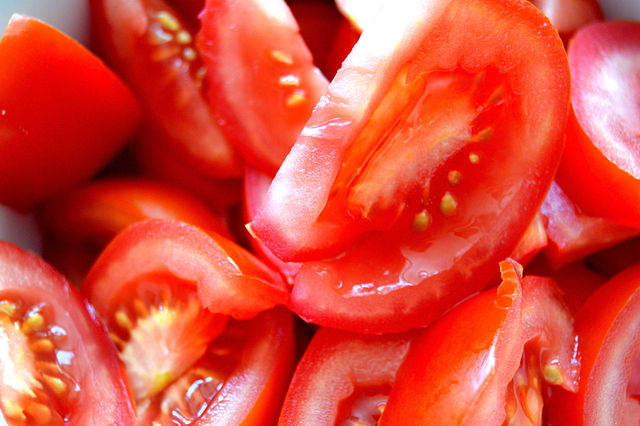Uptick tomato prices across the tropics, especially in India and Nigeria have made consumers to forgo the kitchen staple.
In Nagpur in Maharashtra, central-west India, retail prices are at 100 rupees ($1.20) a kg, 90 rupees ($1.08) above the standard.
Whenever shortage bites in Nagpur, it usually leaves wholesalers and retailers at price discretion irrespective of mandi (state-run wholesale market) rates. For instance, on July 2, 2024, wholesalers hiked their prices to at least 60 rupees ($0.72) a kg. This was after supplies fell to a quarter of the daily needs.
The upward pricing trend follows dry weather before the Monsoon, especially in tomato centers such as Bengaluru in Karnataka, southern India.
Alternative supplies from western India’s Solapur on the Deccan plateau are also insufficient to meet Nagpur’s demand.
Even as consumers rue going with tomato-free sandwiches, farmers are not making profit. According to a July 3, 2024 newspaper report, low yields and climbing production costs are eclipsing handsome prices.
Abhijit Gholap, a farmer from Pune in Maharashtra told the Indian Express that his yields have plunged from 40-70 tonnes to 20-30 tonnes an acre.
Gholap blamed intense heat from March to May when temperatures hit 40ºC for the stunted crop.
In Pune itself, the month of May foreclosed the soaring of prices. Since then, rates have hovered between 50 and 60 rupees ($0.60-0.72) wholesale and 70 rupees ($0.84) a kg retail.
Nigeria’s Tomato Prices Cause Salad Substitution
While heatwaves in India are fanning up tomato prices, its big trade partner in crude petroleum, Nigeria, is battling tomato inflation.
A basket of tomatoes at Lagos’ Ketu Market usually costs 30,000 naira ($19.17) but it is currently above 160,000 naira ($102.24).
Hence, most families in the West African nation are already finding substitutes for tomatoes per News Chronicle’s investigations.
Instead of purchasing tomatoes, housewives are using shombo (cayenne pepper), onions and Ogiri okpehi (locust beans).
A major cause of soaring prices is tomato inflation, which together with food inflation, is at a decades-high in Nigeria.
The tomato ebola or Tuta absoluta pest has also plagued many farms across Nigeria even as dry weather lowers yields.
In short, while India is battling high tomato prices due to heatwaves, Nigeria is grappling with tomato ebola and inflation. And as the details below reveal, both populous countries rely much on this appetizer from the nightshade family.
A Comparison of India and Nigeria Tomato Statistics
While the two countries trade mainly in non-agricultural products such as petroleum and medicine, India also imports nitrogenous fertilizers from Nigeria. In 2022, fertilizers ranked third among Nigeria’s exports to India, worth $175 million. The two countries export tomatoes to other destinations but India outstrips Nigeria by far in exports. While India ranked 30th in 2022 for exports worth $22.8 million, Nigeria ranked 119th at $7,210. In terms of imports, Nigeria imported more tomatoes in 2022 than it exported at $162,000. This is even as India imported a fraction of its exports at just $12,600.
Who consumes more tomatoes between Nigerians and Indians?
India had the second highest tomato consumption volume worldwide in 2013 after China at 14.66 million tonnes. Comparably, Nigeria consumed 1.687 million tonnes of tomatoes in 2013.
Who produces more tomatoes between India and Nigeria?
Production of tomatoes in India ranked second worldwide in volume in 2022 at 20.694 million tonnes to Nigeria’s 3.68 million tonnes.
